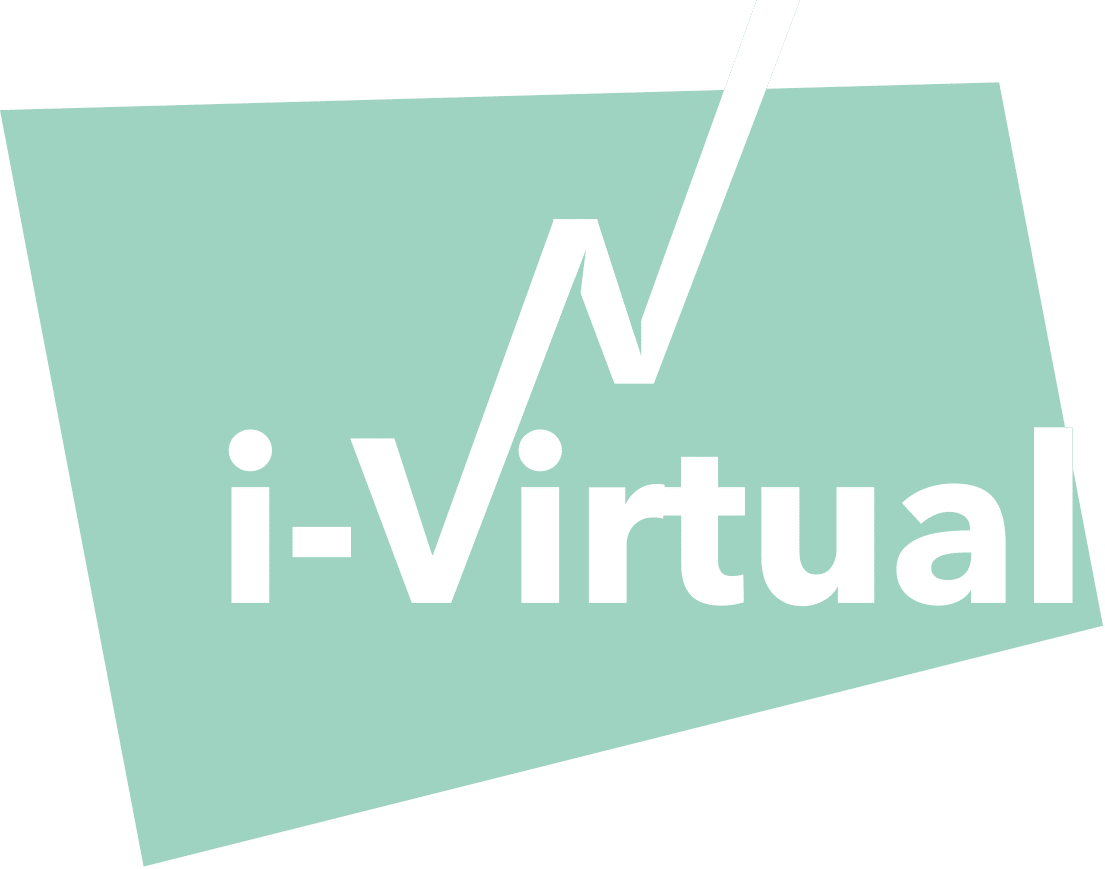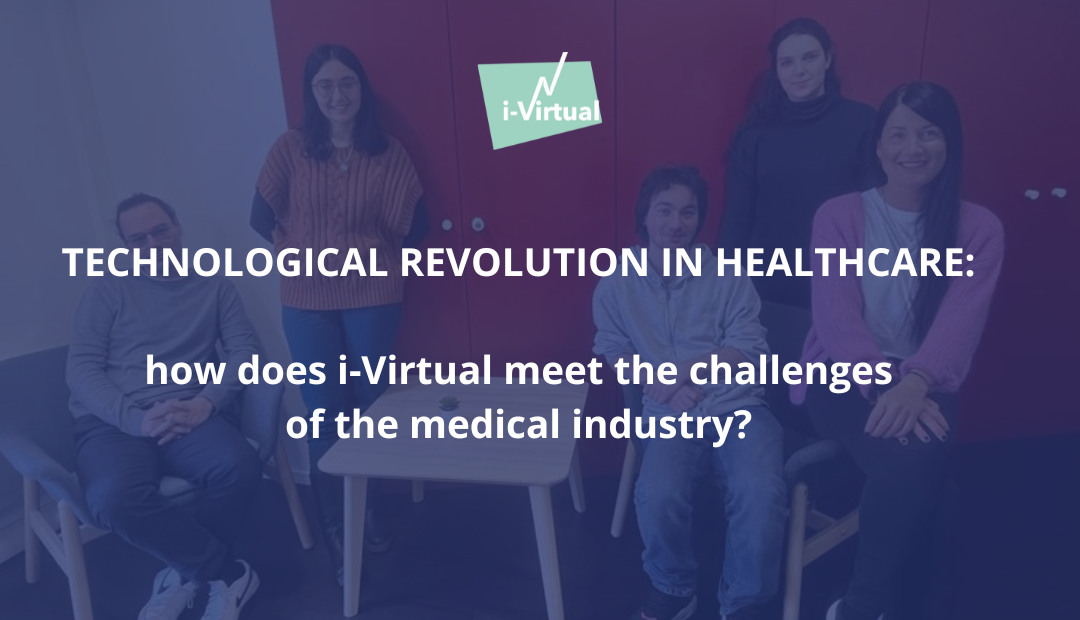Today, it is alarming to know that “at least half of the world’s population doesn’t have access to essential health services*”.
However, medical techniques are evolving and innovations are being developed to reduce this dramatic figure. Thanks to these advances life expectancy continues to increase worldwide, with a significant growth of 7 years in less than two decades, from 66.8 years in 2000 to 73.4 years in 2019*.
There are still barriers to ensuring equitable access to health care, especially in the most isolated areas. It is therefore crucial to pursue efforts to improve the health of the most vulnerable populations and to reduce health inequalities.
Technologies revolutionizing the medical world
New technologies are stepping in: it is now possible to provide healthcare remotely, diagnose diseases more quickly and accurately, track patients’ health using connected devices and develop new and more effective treatments.
- Information and communication technologies (ICT) have played a major role in the evolution of healthcare. ICTs are improving access to healthcare in isolated areas, managing medical records, and coordinating among healthcare professionals. Mobile health applications provide information, personalized advice and medication reminders.
- 3D printing technologies are now being used to produce custom-made prostheses, implants and medical devices. Surgical robots have also been developed to assist surgeons with complex procedures, improving accuracy and reducing risk to patients.
- Artificial intelligence (AI) is revolutionizing the healthcare industry, offering new insights into improving diagnosis, treatment and disease management. With AI, medical data can be analyzed faster and with better accuracy, enabling earlier detection of disease and better tailored treatments for patients.
Finally, technologies revolving around telemedicine have also grown rapidly in recent years, especially since the Covid-19 crisis. Telemedicine allows healthcare professionals to provide care remotly allowing patients to receive quality care, even if they live in remote areas. Telemedicine platforms are constantly improving their services to enhance and simplify the process of remote medical consultations.
What a revolution!
E-health and i-Virtual
The genesis of i-Virtual
In 2014, in order to meet the health needs of people with autistic disorders, Professor Pruski teamed up with Dr. Moussaoui, an algorithm enthusiast, with the goal of developing a virtual reality system to apprehend scenes from daily life.
The medical sector was part of i-Virtual’s various ambitions from its creation and the company has fully dedicated to it since 2019. Telemedicine accelerated significantly, leading to a marked national trend. Many companies have focused on this growing market to meet the increasing demand for remote medical consultations. The various solutions provided by i-Virtual are developed to meet these challenges by helping healthcare professionals with remote diagnosis in various fields, such as telemedicine platforms, insurance compagny, emergency triage and geriatric home monitoring.
i-Virtual offers a CE Class IIa certified medical device, which uses contactless photoplethysmography and signal analysis to detect and collect pulse waveforms, allowing for instantaneous heart rate inference. Signal processing algorithms applied to the area under the chin can also detect rib cage movements and calculate breathing rate. In Saas mode and via its API, the solutions developed by i-Virtual can be easily integrated on a simple web page.
In practice
When patients meet a healthcare professional in a medical office, the medical doctor has all the necessary equipment to measure the patient’s physiological parameters (heart rate, blood pressure,…). Remotely, these essential data were missing. Today, i-Virtual is proud to play a key role in the digital shift in healthcare by offering solutions for remote measurement of these vital signs through a simple 30-second video selfie.
i-Virtual is a concrete example of an innovative company’s commitment to improving the quality of healthcare and innovating for the benefit of all.
Our interface integrated on a partner platform
Overcoming challenges to move forward
The world of e-health is constantly evolving, offering new opportunities to improve the quality of healthcare. However, there are still several barriers to overcome to ensure the effectiveness and safety of these new technologies.
Today, e-health faces two major challenges: health data protection and digital accessibility. The security and confidentiality of digital medical data must be ensured, while accessibility to health technologies must be improved for all patients, regardless of their location or socio-economic status. Raising awareness among patients and healthcare professionals about the safe and effective use of e-health tools is also essential and requires appropriate education.
To meet these challenges, all eHealth stakeholders, including governments, healthcare providers, technology service providers and patients, must work together to promote collaboration and innovation. By focusing on the strengths of each stakeholder, it will be possible to maximize the benefits of eHealth and overcome the barriers to achieve a healthier and more connected future for all.
*Source: WHO


